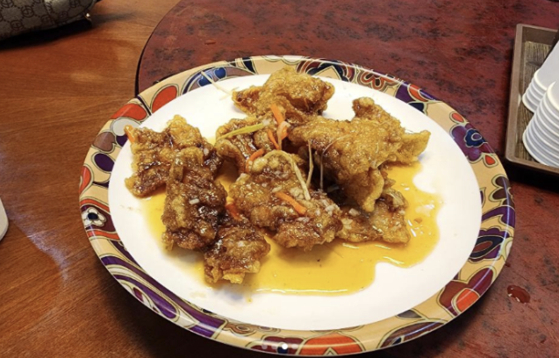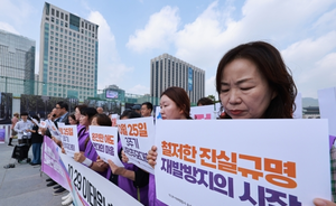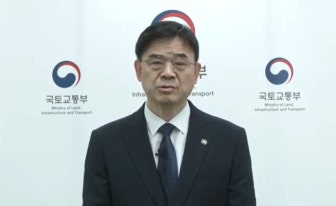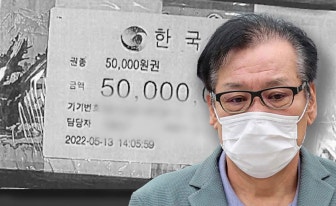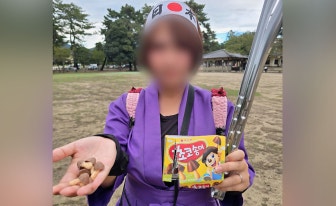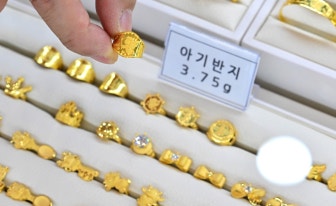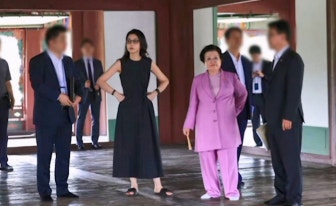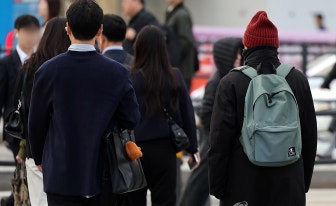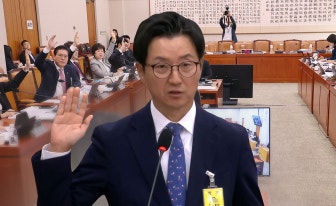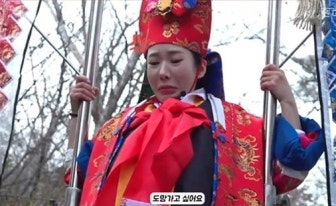A customer who attended a festival in Busan said they were shocked to receive just 10 pieces of guobaorou — a Chinese-style sweet and sour pork dish — after paying 22,000 won ($15) and shared their experience online.
An online user posted on a community site on Sunday about an incident they said took place at the Chinatown Festival in Busan.
The user visited the festival with their family and decided to eat at a Chinese restaurant run by members of the local Chinese community, according to the post. The user ordered the guobaorou, priced at 22,000 won, only to find that the dish contained just 10 pieces.
“That’s 2,200 won per piece,” the user wrote. “I was so dumbfounded that I asked the staff about it, and the owner — who was drunk — started swearing at me and asked why I was complaining.”
The user added that the owner attempted to physically assault them, and that their mother, who tried to intervene, was nearly pushed over in the process.
“I felt threatened during the meal and couldn’t even eat properly,” they said.
Eventually, the owner's son intervened and refunded the full cost of the meal. But according to the user, the owner continued to harass their table afterward.
“There’s been a lot of talk lately about people getting ripped off at so-called K-festivals,” the user wrote. “But it’s not just about feeling cheated. I was verbally abused and threatened, and it was a terrible experience.”
The post prompted divided reactions online. Some criticized the restaurant, saying the owner's behavior was unacceptable and should have been reported to the police. Others defended the pricing, saying guobaorou is typically served in smaller portions and that 22,000 won for 10 pieces was not necessarily unreasonable.
Guobaorou is a Chinese deep-fried dish similar to Korea’s tangsuyuk, featuring large, thinly sliced cuts of pork that are fried until crispy on the outside and chewy on the inside.
This article was originally written in Korean and translated by a bilingual reporter with the help of generative AI tools. It was then edited by a native English-speaking editor. All AI-assisted translations are reviewed and refined by our newsroom.
